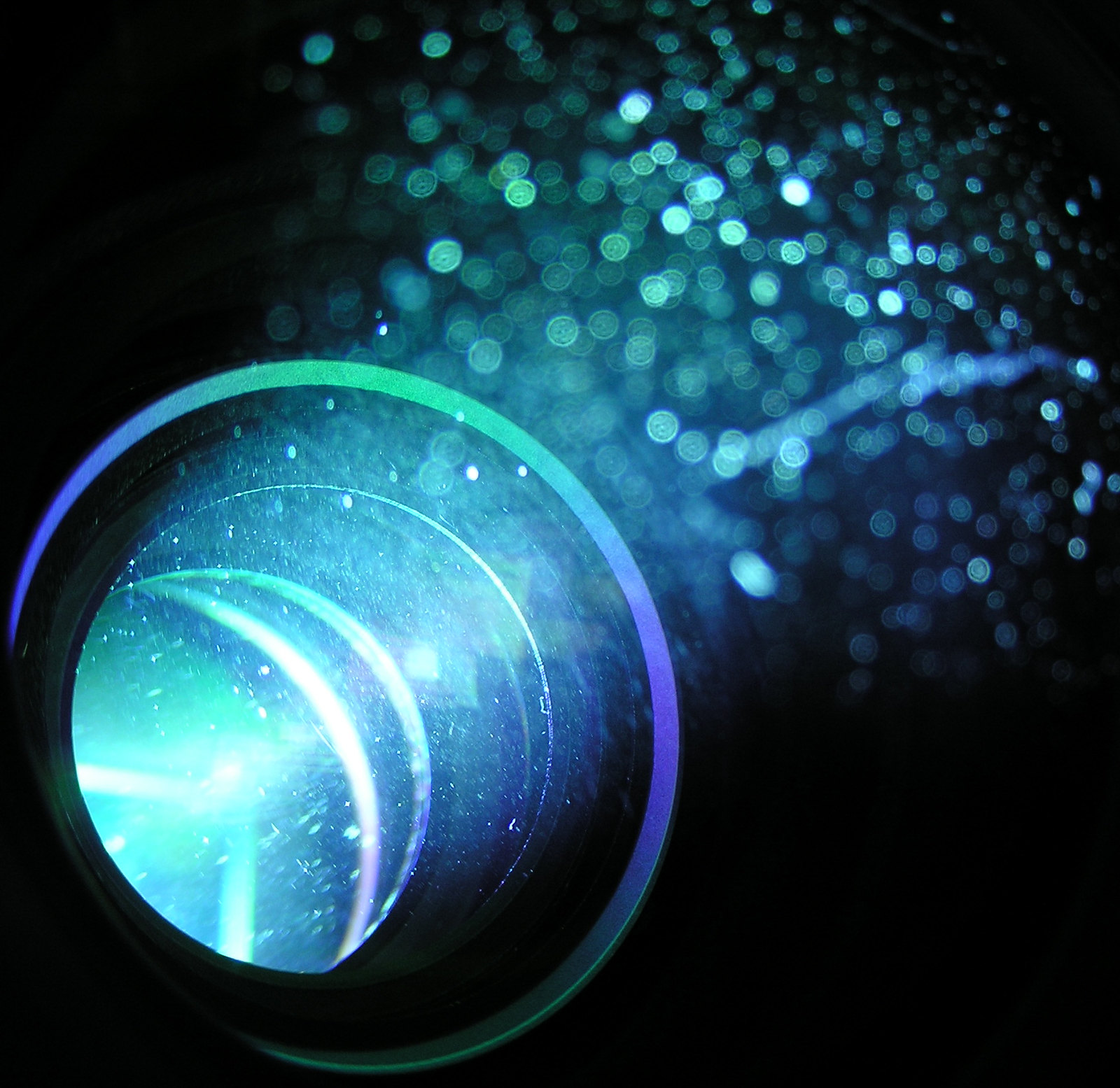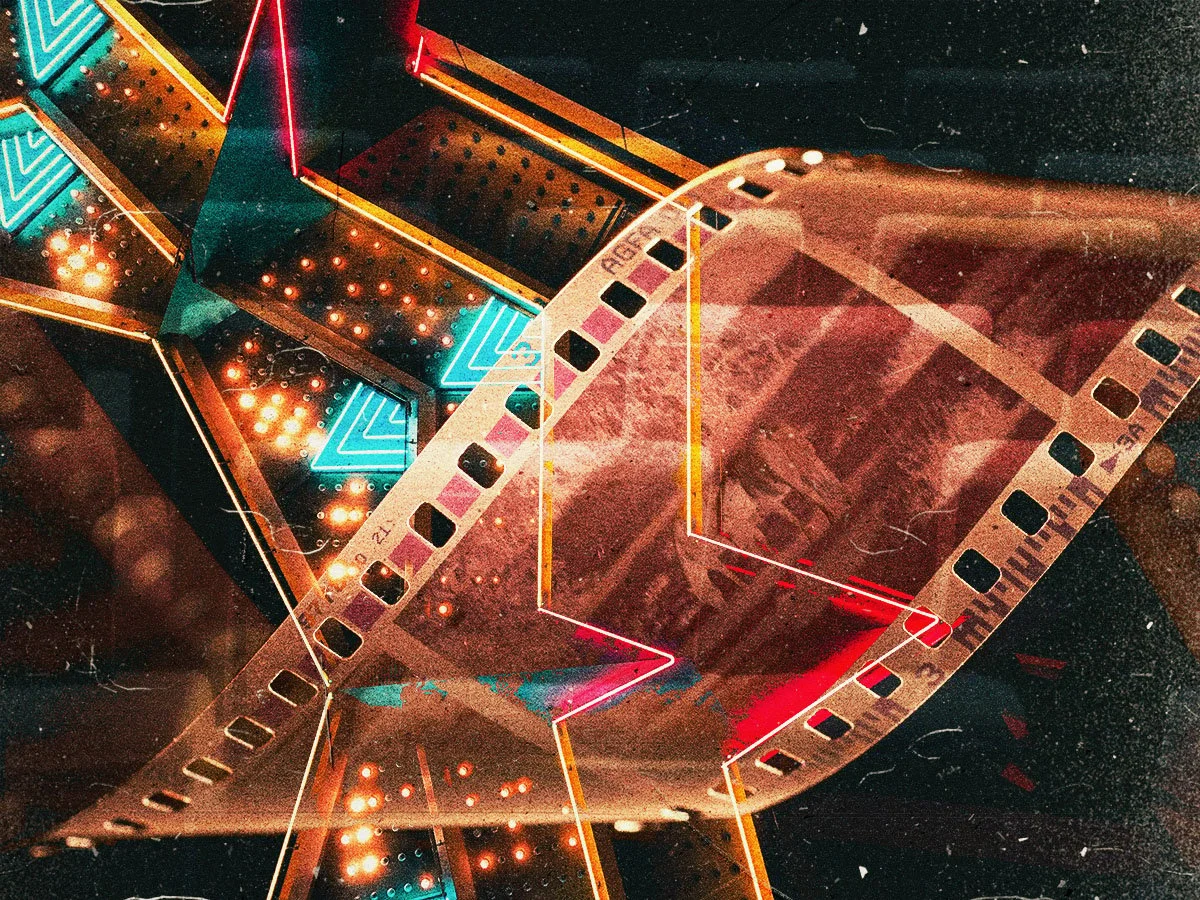For today’s audiences, the early gems of the silent era might seem too distant and alien. However, almost everything that gives shape to the contemporary works that show up on our streaming platforms can be traced back to the formative years of the medium when pioneers like Georges Méliès and Buster Keaton were figuring out the true magic of cinema.
That period has given us many things like physical comedy and proto-horror, but the Soviet montage theory might just be one of the most impactful contributions from that time. The word “montage” itself can be translated as “assembly”, but that isn’t exactly the correct description for the end product when its basics are applied to the aesthetics of cinema.
The leading luminaries of Soviet filmmaking, including Sergei Eisenstein and Dziga Vertov, understood that cinema was a language and, as such, had to have its own grammar. Its linguistic frameworks were purely visual, made up of images, signs, and symbols, but they had to be bound together by punctuation and spaces to create coherent sentences and, eventually, cinematic poems.
Through works like Battleship Potemkin, Eisenstein proved that the careful arrangement of images in a sequence can be used to not only shape the narrative in convenient ways but also to manipulate the psyche of the viewers. He wasn’t alone in these discoveries since the most notable example of this experiment is the Kuleshov effect.
The leading luminaries of Soviet filmmaking, including Sergei Eisenstein and Dziga Vertov, understood that cinema was a language and, as such, had to have its own grammar. Its linguistic frameworks were purely visual, made up of images, signs, and symbols, but they had to be bound together by punctuation and spaces to create coherent sentences and, eventually, cinematic poems.
Through works like Battleship Potemkin, Eisenstein proved that the careful arrangement of images in a sequence can be used to not only shape the narrative in convenient ways but also to manipulate the psyche of the viewers. He wasn’t alone in these discoveries since the most notable example of this experiment is the Kuleshov effect.
In a groundbreaking study in the applications of visual grammar, Lev Kuleshov made a short where he alternated a shot of Ivan Mosjoukine’s face with diverse images such as a bowl of soup and a coffin. While Ivan Mosjoukine’s expression remained the same (because it was the same shot), the viewers associated emotions such as happiness or sadness with it according to the image that it was connected to.
This completely changed the way in which filmmakers approached the art of editing because it was proven that audiences were not reacting to the shots in isolation. Instead, they subconsciously interpret the sequences as a whole, which means that the right editing could make any given collection of images tell completely different stories.


